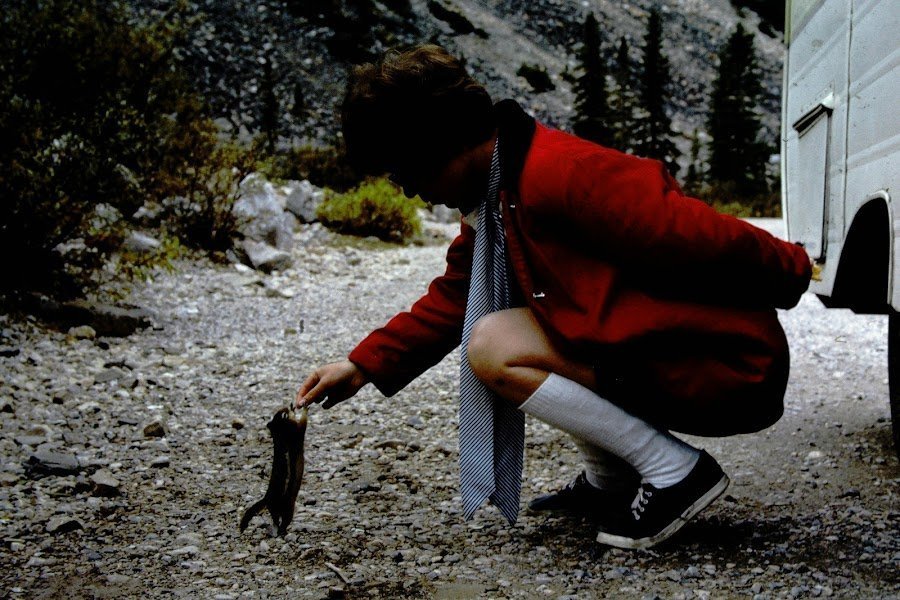Invasive mussels, particularly zebra and quagga mussels, pose a significant threat to Glacier National Park’s pristine ecosystems. While these invasive species have not yet established populations within the park, their potential introduction could have devastating consequences for native species, water quality, and overall ecological balance. Park authorities have implemented strict prevention measures, including boat inspections and decontamination protocols, to safeguard the park’s aquatic habitats from these harmful invaders.
What are the Current Impacts of Invasive Mussels on Glacier National Park?

While Glacier National Park has not yet experienced a direct invasion of zebra or quagga mussels, the potential impacts are well-documented from other infested areas. These impacts include:
- Disruption of native ecosystems
- Alteration of water quality
- Displacement of native mussel species
- Changes in food web dynamics
If invasive mussels were to establish themselves in the park, they could quickly overwhelm the water systems due to their rapid reproduction rates. Their efficient filter-feeding habits would clear the water of floating particles, leading to increased water clarity but reduced food availability for native species.
How Does Glacier National Park Prevent Invasive Mussel Infestations?

Glacier National Park has implemented a comprehensive strategy to prevent the introduction of invasive mussels:
- Boat Inspections and Decontamination
- Mandatory inspections for all watercraft entering the park
- Thorough decontamination procedures for boats and equipment
-
Requirement to drain all water from boats, motors, and livewells
-
Quarantine and Access Management
- Implementation of quarantines on specific water bodies, such as Lake McDonald
-
Monitoring programs to detect early infestations
-
Public Education
- Information campaigns to raise awareness about invasive mussel risks
- Educational programs for visitors on prevention measures
What are the Potential Effects of Invasive Mussels on Glacier National Park’s Aquatic Species?
The introduction of invasive mussels could have severe consequences for Glacier National Park’s aquatic ecosystems:
| Effect | Description |
|---|---|
| Native Mussel Displacement | Zebra mussels attach to native mussels, hindering their movement, feeding, and reproduction |
| Food Web Disruption | Reduction in plankton availability affects the entire aquatic food chain |
| Habitat Alteration | Changes in water clarity and substrate composition impact various species |
| Increased Predation Pressure | Altered ecosystems may lead to shifts in predator-prey relationships |
While there are no documented case studies of zebra mussel infestations within Glacier National Park itself, research from other infested areas, such as the St. Croix National Scenic Riverway, has informed the park’s prevention strategies.
What Guidelines Must Visitors Follow to Prevent Invasive Mussel Spread?
Visitors to Glacier National Park play a crucial role in preventing the spread of invasive mussels. The park has established the following guidelines and regulations:
- Boat Inspection and Decontamination
- All watercraft must undergo inspection before entering park waters
- Decontamination procedures are mandatory if deemed necessary by inspectors
-
Boats must be allowed to dry for at least five days before use in another water body
-
Equipment Cleaning
- Thoroughly clean and dry all fishing gear, waders, and other equipment
-
Remove all plant material and mud from equipment before entering park waters
-
Bait and Fish Handling
- Use only artificial lures or commercially preserved bait
- Do not release live bait into park waters
-
Clean and gut fish away from water bodies
-
Compliance with Park Regulations
- Adhere to all posted signs and regulations regarding aquatic invasive species
- Failure to comply may result in fines or penalties
How Does Glacier National Park Monitor for Invasive Mussels?
Glacier National Park employs a multi-faceted approach to monitor for the presence of invasive mussels:
- Regular Water Sampling
- Periodic collection and analysis of water samples from various park water bodies
-
Use of advanced detection techniques, including environmental DNA (eDNA) analysis
-
Visual Surveys
- Trained staff conduct regular visual inspections of shorelines and underwater structures
-
Use of underwater cameras and other specialized equipment for deeper water surveys
-
Collaboration with Partner Agencies
- Coordination with state and federal agencies for regional monitoring efforts
-
Participation in early detection and rapid response networks
-
Citizen Science Programs
- Engagement of volunteers in monitoring activities
- Education of park visitors to report any suspicious findings
What are the Long-term Strategies for Invasive Mussel Management in Glacier National Park?
Glacier National Park has developed long-term strategies to address the ongoing threat of invasive mussels:
- Research and Risk Assessment
- Continuous evaluation of potential invasion pathways
-
Assessment of park ecosystems’ vulnerability to mussel invasions
-
Adaptive Management
- Regular review and update of prevention and monitoring protocols
-
Incorporation of new technologies and best practices as they emerge
-
Interagency Cooperation
- Collaboration with neighboring parks and protected areas
-
Participation in regional and national invasive species management initiatives
-
Public Outreach and Education
- Development of comprehensive educational materials for visitors
-
Engagement with local communities and stakeholders to promote awareness
-
Policy Development
- Advocacy for stronger regulations and enforcement measures
- Support for funding and resources dedicated to invasive species management
By implementing these strategies, Glacier National Park aims to maintain the ecological integrity of its aquatic ecosystems and protect them from the devastating impacts of invasive mussels.
References:
1. https://glacier.org/newsblog/preventing-aquatic-invasive-species-in-glaciers-waters/
2. https://www.nps.gov/articles/zebra-mussels.htm
3. https://www.nps.gov/articles/aquatic-invasive-species-brief.htm